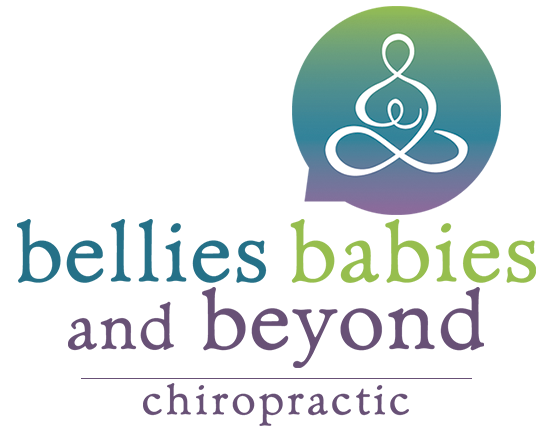What is “The Webster Technique?”
The Webster technique, as defined by the International Chiropractic Pediatric Association (ICPA), is a specific chiropractic analysis and diversified adjustment.
The goal of the adjustment is to reduce the effects of subluxation and/or SI joint dysfunction. In so doing neuro-biomechanical function in the sacral/pelvic region is improved.
According to the ICPA, sacral subluxation in the pregnant woman may contribute to difficult labor. Difficult labor may be caused by inadequate uterine function, baby mal-presentation or pelvic contraction. In this clinical and theoretical framework, it is proposed that sacral misalignment may contribute to these three primary causes of dystocia, or difficult labor, via uterine nerve interference, pelvic misalignment and the tightening and torsion of specific pelvic muscles and ligaments. The resulting tense muscles and ligaments and their aberrant effect on the uterus may prevent the baby from comfortably assuming the best possible position for birth. Correcting the sacral subluxation can positively affect all three of these causes.
The Webster technique can be used on all weight bearing individuals with sacral subluxation. Symptoms of this may include low back pain, sciatic neuralgia.
This technique is safe to use when a pregnant woman’s baby is in the optimal head down position or breech presentation.
In regards to pregnant mothers, Dr. Webster reported that when a mother sought care and her baby was in a breech position, the restoration of pelvic neuro-biomechanics with this adjustment also frequently facilitated optimal fetal positioning. There are cases published in the chiropractic literature that support this theory. More research is needed and is currently underway by the ICPA.
The ICPA recognizes that in a theoretical and clinical framework of the Webster Technique in the care of pregnant women, sacral subluxation may contribute to difficult labor for the mother (i.e., dystocia). Dystocia is caused by inadequate uterine function, pelvic contraction, and baby mal-presentation. The correction of sacral subluxation may have a positive effect on all of these causes of dystocia.
It is used on all weight bearing individuals presenting with this biomechanical restriction. Common symptoms include (but are not limited to) low back pain, sciatic neuralgia, and symptoms associated with sacral subluxation and/ or S/I joint dysfunction.
In this clinical and theoretical framework, it is proposed that sacral misalignment may contribute to these three primary causes of dystocia via uterine nerve interference, pelvic misalignment and the tightening and torsion of specific pelvic muscles and ligaments. The resulting tense muscles and ligaments and their aberrant effect on the uterus may prevent the baby from comfortably assuming the best possible position for birth.


